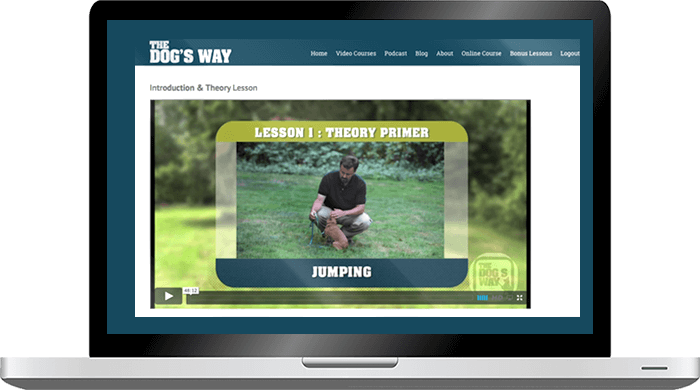SESSION 7: How to introduce a new puppy into your home when you already have an existing dog. And, Sean goes through some of the problem solving in a question from an email when a dog has shown aggression.
In this session of the podcast, I go through the steps and tips of how to introduce a new puppy into your home when you already have an existing dog. And I discuss some of the problem solving I suggest to a listener who has a question about his dog who has been aggressive with the family.

In this session:
DETAILS IN THIS SECTION:
Puppy Section:
Kathy wrote in about how to bring a new puppy home while already having a dog in the house. Think about puppy’s introduction happening in 3 phases:
1) The initial decompression stage
2) The getting acquainted stage
3) The introduction phase
BLOG ARTICLE FOR MORE TIPS – YOUR PUPPY’S FIRST COUPLE OF WEEKS
SOME OTHER THINGS TO THINK ABOUT
Respect your older dog’s leadership position and give your older dog down time from the puppy.
- Always greet your older dog first
- Always feed your older dog first
- Once you get to the both dogs being around you together stage (maybe 3-5 weeks), don’t let the puppy interrupt your interactions with your older dog.
- Be aware of the puppy stealing toys from your older dog and coach them out of that.
- Puppies don’t play like adult dogs do, so, don’t let your puppy pester the older dog incessantly to play. Instead have structured coaching sessions of what’s OK and what’s not.
- Just like you, your older dog will need “down time” from the puppy to stay sane. Make sure you provide that for him.
TRAINING SECTION
Tim wrote in about his Chihuahua who displays aggression when he tries to put her in her bed at night … and when he tries to remove her from her bed in the morning.
As with all the caveats I’ve given in the podcast, please don’t deal with aggression situations on your own. Work with a professional who has experience in cases like this.
Think about three stages in dealing with situations involving aggressive displays:
- Talk to your veterinarian about and issues with your dog’s health that may be contributing to these concerning behaviors
- Ask about systemic issues like: blood sugar, thyroid functioning allergic reaction or sensitivities to foods that they’re eating for example
- Explore any specific medical issues like: ear infections, dental issues, or wounds
- Work on the training and behavior component in two phases:
- The general foundational work of structuring a dog’s lifestyle and offering clear leadership, as well as, brushing up on basic obedience
- Work on the specific issues at hand directly as needed
- Have a discussion with your veterinarian about experimenting with behavior altering medications (for your dog, that is … not you) Though, I did get advice from an old German trainer that I trained with years ago, who said, “ If your training session doesn’t go well, sit on your deck, have a beer and think about how you could do better in the next session”
Get your Questions Answered on future episodes of The Dog’s Way Podcast

About the Author: Sean
I’ve been training people and dogs in Seattle for the last decade and a half. My main focus when working with clients every week in one-on-one, private lessons is to help people learn to get their dogs to a functional level so that they can actually enjoy spending time every day with their dog instead of stressing about their dog’s behavior issues.
Affiliate Program
Make money by referring people to the video course!
. . . . .

About Sean
I’ve been training people and dogs in Seattle for the last decade and a half. My main focus when working with clients every week in one-on-one, private lessons is to help people learn to get their dogs to a functional level so that they can actually enjoy spending time every day with their dog instead of stressing about their dog’s behavior issues.
Ask Sean a question!
If we use your question in the show, Sean will send you a coupon code for free access to the online video course!
If you have a question you’d like me to respond to on the show (and you want to hear yourself on a future episode) leave me a voice mail! 1 (844) 364-7929 or email me here.

